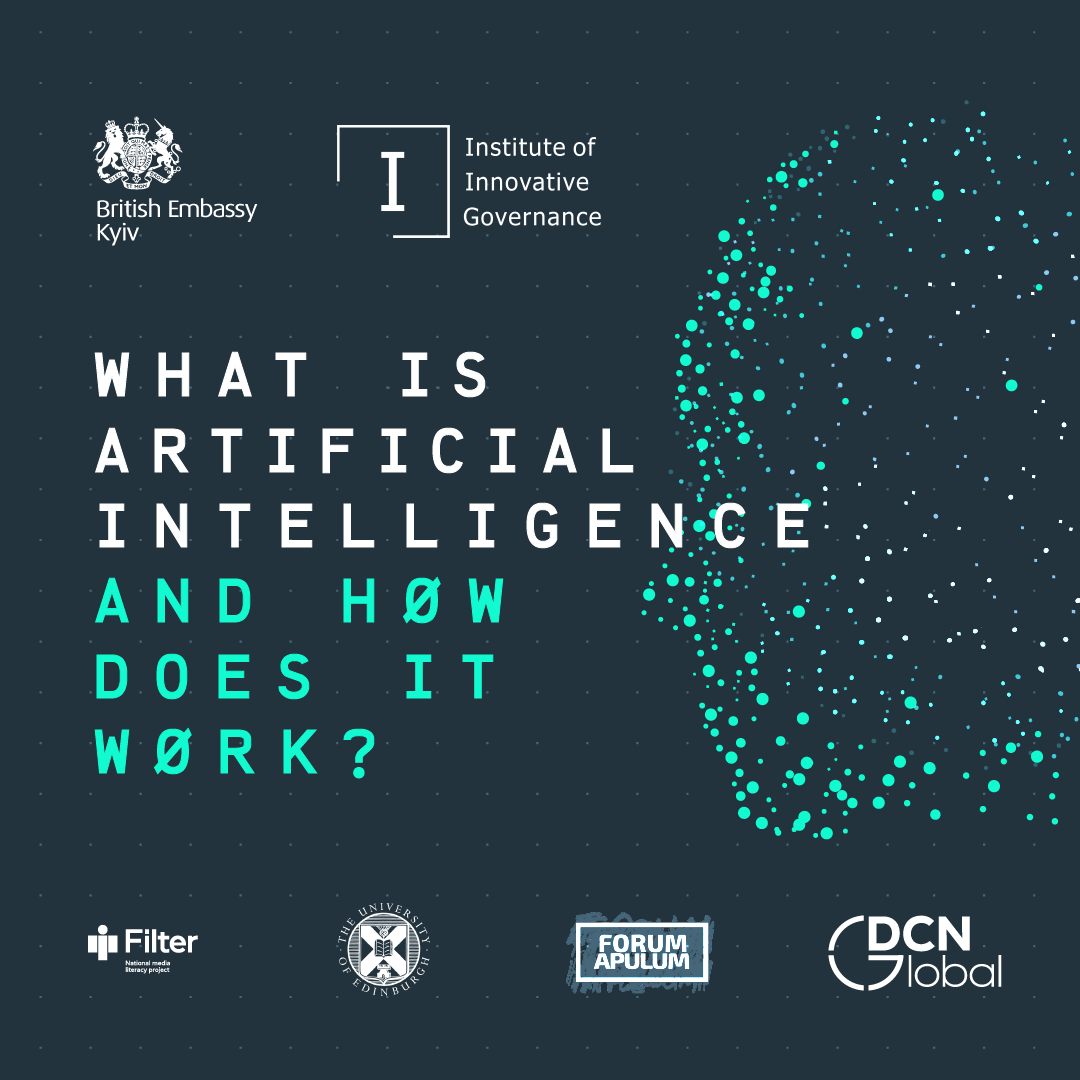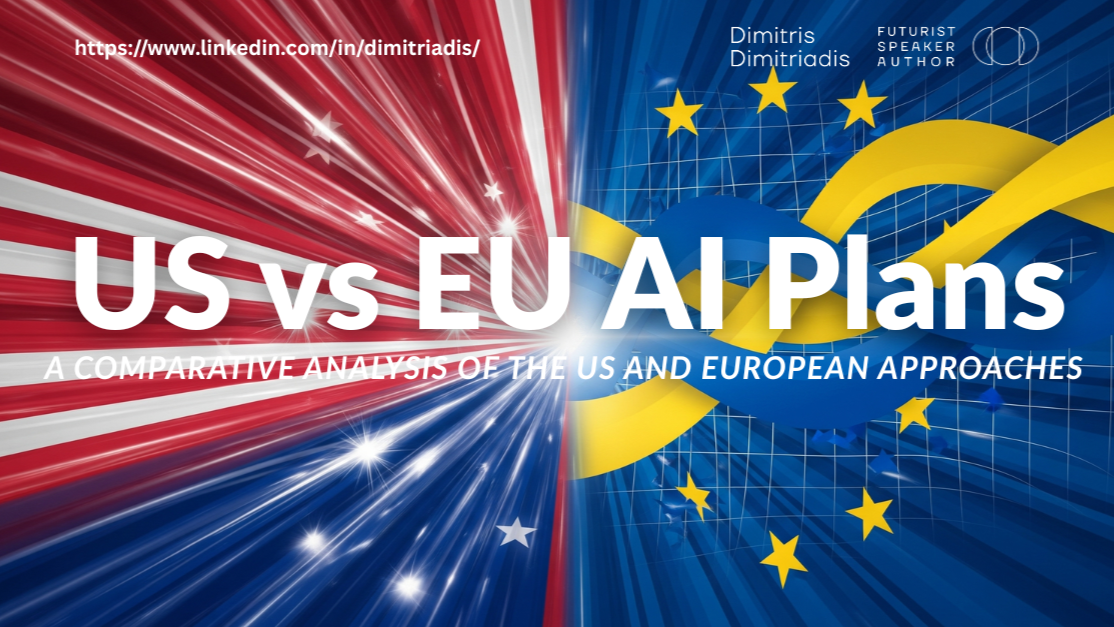
Chat GPT, Clearview, Code GPT… lately, we’ve been hearing news about how rapidly artificial intelligence is being introduced into our everyday lives. But do we really understand what artificial intelligence is? Is it just a set of algorithms or a technology that can replace human thinking?
To begin with, we need to understand the term “artificial intelligence”.
The term artificial intelligence was coined in 1955 by American computer scientist John McCarthy. In 1956, John and his colleagues organised a conference called the Dartmouth Summer Research Project on Artificial Intelligence, which gave rise to machine learning, deep learning, predictive analysis, and, more recently, prescriptive analysis. A new field of research has also emerged: data science.
Modern science defines this term as the modelling of human intelligence processes by machines. For the European Parliament, artificial intelligence is any tool used by a machine to “reproduce human behaviour, such as reasoning, planning and creativity”.
Artificial intelligence is usually divided into two categories:
Weak (or narrow)
Strong (or generalised artificial intelligence)
Weak artificial intelligence is limited to a specific area, such as an algorithm for filtering email spam, or Spotify’s predictions based on your music preferences. Strong artificial intelligence (in theory) should reproduce the cognitive abilities of the human brain. To date, there are no examples of strong artificial intelligence.
So how is artificial intelligence created and operated?
Artificial intelligence is based on learning: before it can correctly answer queries, the algorithm is trained on the basis of huge amounts of data. This is a process of successive mistakes and corrections. This system is called machine learning. But within this system, there is a more advanced model in which AI is based on a network of artificial neurons. This is deep learning, when AI learns how to perform tasks better.
The word “deep” in “deep learning” comes from the multiplicity of layers in an artificial neural network. Data transformed into information within one layer becomes the input for the next layer. This is the type of AI that has the ability to make predictions. This is how an image recognition programme can describe visual images. And a chatbot based on tens of thousands of messages from real people can imitate human behaviour precisely because AI machines remember behaviour. This “memorisation” allows them to solve problems and act correctly in a given situation. Working on the basis of data sets helps the machine to assess the importance of the problem, sift through possible solutions and similar situations in the past to act correctly. In fact, it is a sophisticated, high-performance statistical system that drives the machine to make decisions or behave as expected.
It is also worth noting that at the beginning of programming, artificial intelligence focuses on three main cognitive capabilities: learning, reasoning, and self-correction. The learning process is focused on obtaining data and creating algorithms that will provide computing devices with clear instructions to perform a task. The reasoning process is mainly focused on choosing the right algorithm to achieve a specific result. As for self-correction, it is used to improve algorithms in order to obtain extremely accurate results.
The project “Artificial Intelligence awareness”, implemented by the Institute for Innovative Governance, is made with the financial support of the UK Government. The views expressed in this publication are those of the author and do not necessarily reflect the official position of the UK Government.
*The Institute of Innovative Governance is an NGO and a think tank that advocates for digital inclusion, digital rights, and inclusive digital governance.


